japanese y-dna jomon
1 2 the Ainu people are most closely related to the Jomon people among the three Japanese populations and 3 12 of. - More Neanderthal-related than Japanese French Han Chinese Bedouins Cambodians Balochis but less than Melanesians Dai from South China and Papuans.
Ancient DNA recovered from 16 Jomon skeletons excavated from Funadomari site Hokkaido Japan was analyzed to elucidate the genealogy of the early settlers of the Japanese archipelago.
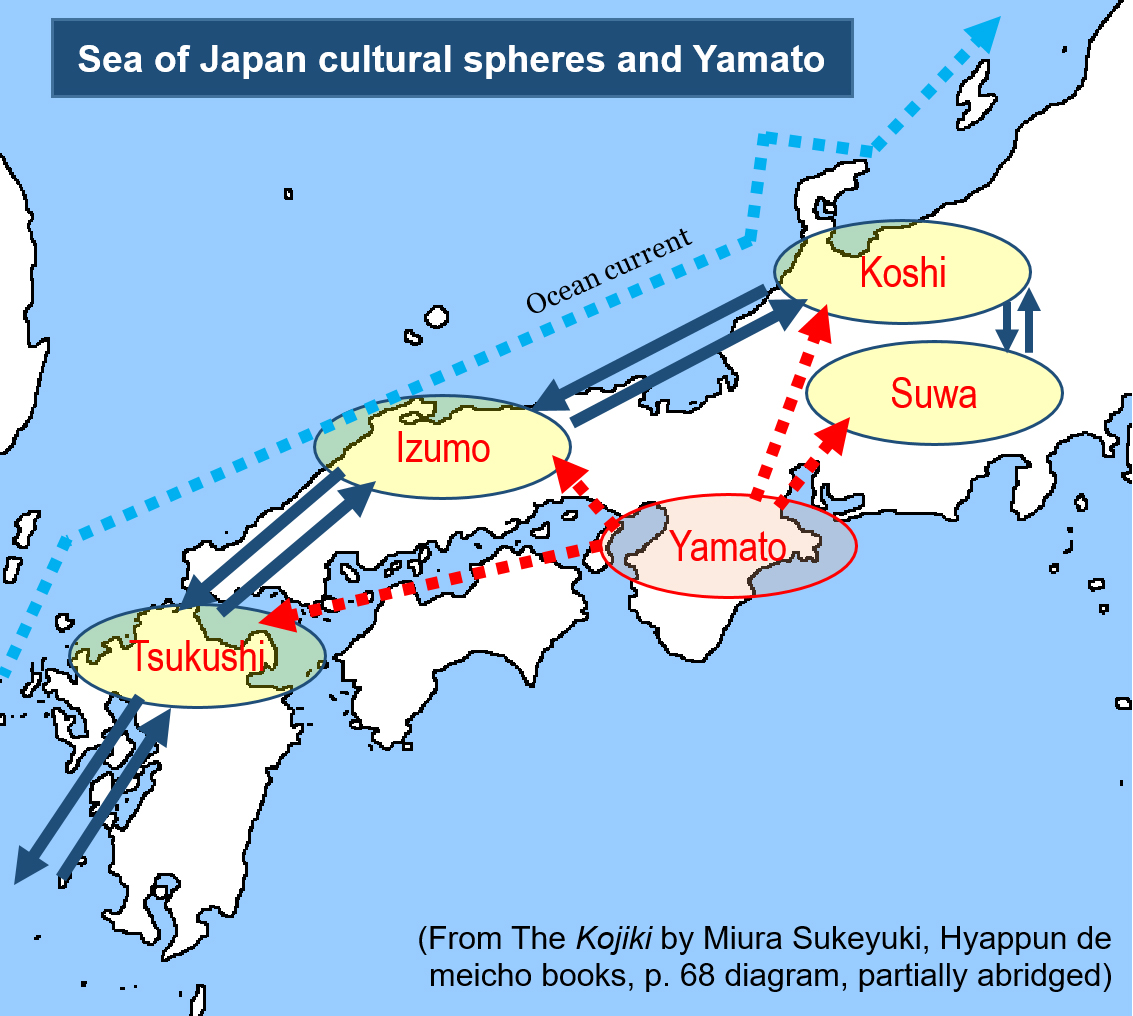
. Jomon people are as diverse as the diversity between French and Italians. Other Asian populations inhabiting North East and Southeast Asia were also examined for detailed. The Jomon the original inhabitants of Japan are thought to have migrated from the.
Interestingly modern Japanese men seem to have a greater percentage of Jomon ancestral DNA in their Y chromosomes than the rest of their genomes. Interestingly there is also a sporadic appearance of Y-DNA haplogroup C1 which only occurs in Japan possibly of Jomon origin. The ages of the most recent common ancestors of mitochondrial DNA haplogroups N9b and M7a considered indigenous to Jomon and modern Japanese and called the Jomon haplotype were estimated to be.
2019 suggests about 98 Jōmon ancestry in the modern Japanese while a geneflow estimation of the same study suggests 33 Jōmon ancestry with the remainder being from the Yayoi people. Y-DNA P E-V65. Her earwax was.
Genocide have many different types of forms. Previous genetic analyses concluded that modern ethnically Japanese people get about 12 percent of their entire genomes from Jomon ancestors and the rest from Yayoi ancestors. The aDNA ancient DNA extracted from human bones derived from 12 newly sequenced ancient Japanese genomes from pre- and post-farming periods confirm the genetic signatures of early indigenous Jomon hunter-gatherers and immigrant Yayoi farmers.
On the west coast D would be 50 from Kanto Tokyo plain west coast were more Yayoi. A study on autosomal DNA by Gakuhari et al. Dont speak speak of Y-DNA mtDNA data because atDNA shows they are nothing more but slightly Jomon meaning their ancestors have intermixed so much with the Yayoi migrants that the only thing Jomon about them is traces of.
The Ainu a minority ethnic group from the northernmost island of Japan was investigated for DNA polymorphisms both from maternal mitochondrial DNA and paternal Y chromosome lineages extensively. Yet the Japanese also have an intense fascination with their islands past particularly the history and continuing influence of two peoples known as the Jomon and the Yayol. However the aDNA analysis also revealed a third Japanese ancestry source.
Also japanese-language is a mix from several language. This was the C1a1 group. But recent studies confirmed that the haplogroup y-DNA C1a1 is also a Jomon marker.
Both the control and coding regions of their mitochondrial DNA were analyzed in detail and we could securely assign 14 mtDNAs to relevant haplogroups. It seems the old japonese Y-lineages C1a1 and D2 could be considered Jomon. The rest are several DNA groups with origin in today china.
Japanese Y-DNA evidence suggests that they came from Southeast Asia the Andaman Islands or nearby so there may be multiple origins of the Jomon. We determined a total of 115 million base pair nuclear genome sequences from two Jomon. Looking at the D-stats of the Jomon study page 180 the ancient Jomons are.
Also Jomon are not Ainu however Ainu are partially Jomon. Only 3 are altaic-DNA. To investigate the population history in the Jomon period 145002300 years before present YBP we analyzed whole Y-chromosome sequences of 345 Japanese males living in mainland Japan.
But then a second Jomon wave some 13000 years ago pushed into Japan. Japanese are Yamato Japanese Okinawans Ainu. 57375902 YBP Years Before.
Jomon woman helps solve Japans genetic mystery. 60 Jomon -- 60 Dy-DNA D origin south-asia or south-west asia. It was previously thought that the main y-DNA of Jomon is y-DNA D.
Jomon-languagesome Altaic elementslittle chinese influence. 57515917 YBP Years Before Present D. The Jomon period of the Japanese Archipelago characterized by cord-marked jomon potteries has yielded abundant human skeletal remains.
DNA of yamato-japanese. This approach makes for a less than ideal accuracy when estimating the percentage of Jōmon DNA as th. Also Jomon are not Hokkaido Jomon.
She had brown eyes thin curly hair and dark skin that was prone to sun spots. A recent study of ancient DNA extracted from the remains of Jomon individuals who had lived in mainland Japan Fukushima Prefecture 3000 YBP suggested that 1 the Jomon people were strongly divergent from the current East Asians Fig. In Japan C1a1 is about 5 and D2 is between 30 and 35 with an important cline of growing D from South-West to North.
- japanese are not altaic people. However the genetic origins of the Jomon people and their relationships with modern populations have not been clarified. Ancient DNA extracted from human bones has rewritten early Japanese history by underlining that modern day populations in Japan have a tripartite genetic origina finding that refines previously.
Koreans have mostly O3 and O2b and O2b1 which confirms that the continental relatives of the Japanese were related to. An genetic study claimed that Japanese have 23139 Jomon components and 543623 Jomon component in Ryukyuans or Okinawans. The answer is that it depends how we measure it.
Ohashis research team calculated that the one. Some studies have used the DNA of modern Ainu individuals as a proxy for Jōmon ancestry. Actually the y-DNA D was the first on the Japanese islands some 30000 years ago.
Japan is generally considered one of the most modern forward-looking countries in the world. However this study has been somewhat critisized by dienekes properbly overestimating Jomon components in Japanese and Okinawans. They are however as Neanderthal-related as Karitiana from South America.
I really dont want to talk about genetics but Yamato people are only 5 Jomon.
Where Did The Jomon Of Japan Come From Quora

Comprehensive Analysis Of Japanese Archipelago Population History By Detecting Ancestry Marker Polymorphisms Without Using Ancient Dna Data Biorxiv

Allele Sharing Between Sanganji Jomon And Modern Humans Vertical Line Download Scientific Diagram

Proportion Of Jomon Ancestry 1 A Estimated From The F4 Ratio Test Download Table
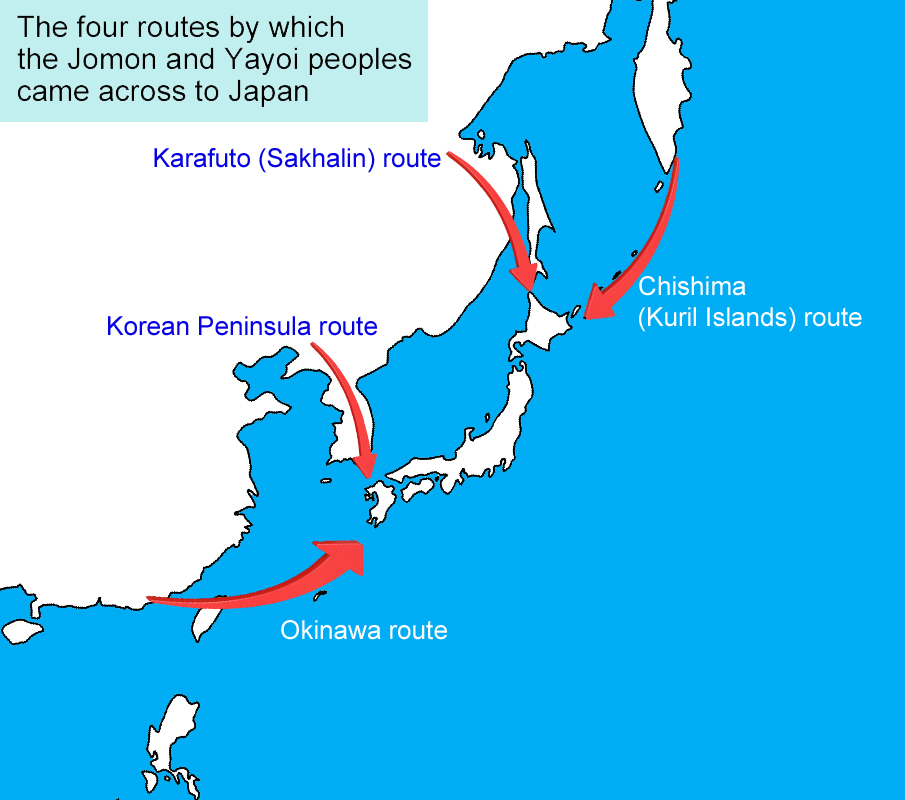
The Origins Of Japanese Culture Uncovered Using Dna What Happens When We Cut Into The World Of The Kojiki Myths Using The Latest Science Discuss Japan

The Origins Of Japanese Culture Uncovered Using Dna What Happens When We Cut Into The World Of The Kojiki Myths Using The Latest Science Discuss Japan
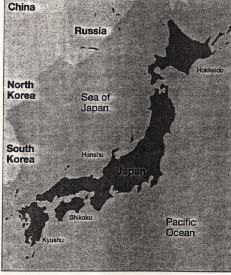
Jomon Genes Using Dna Researchers Probe The Genetic Origins Of Modern Japanese

Comprehensive Analysis Of Japanese Archipelago Population History By Detecting Ancestry Marker Polymorphisms Without Using Ancient Dna Data Biorxiv

Pdf Analysis Of Whole Y Chromosome Sequences Reveals The Japanese Population History In The Jomon Period

Comprehensive Analysis Of Japanese Population History By Detecting Ancestry Marker Polymorphisms Without Using Ancestral Genomic Information Biorxiv
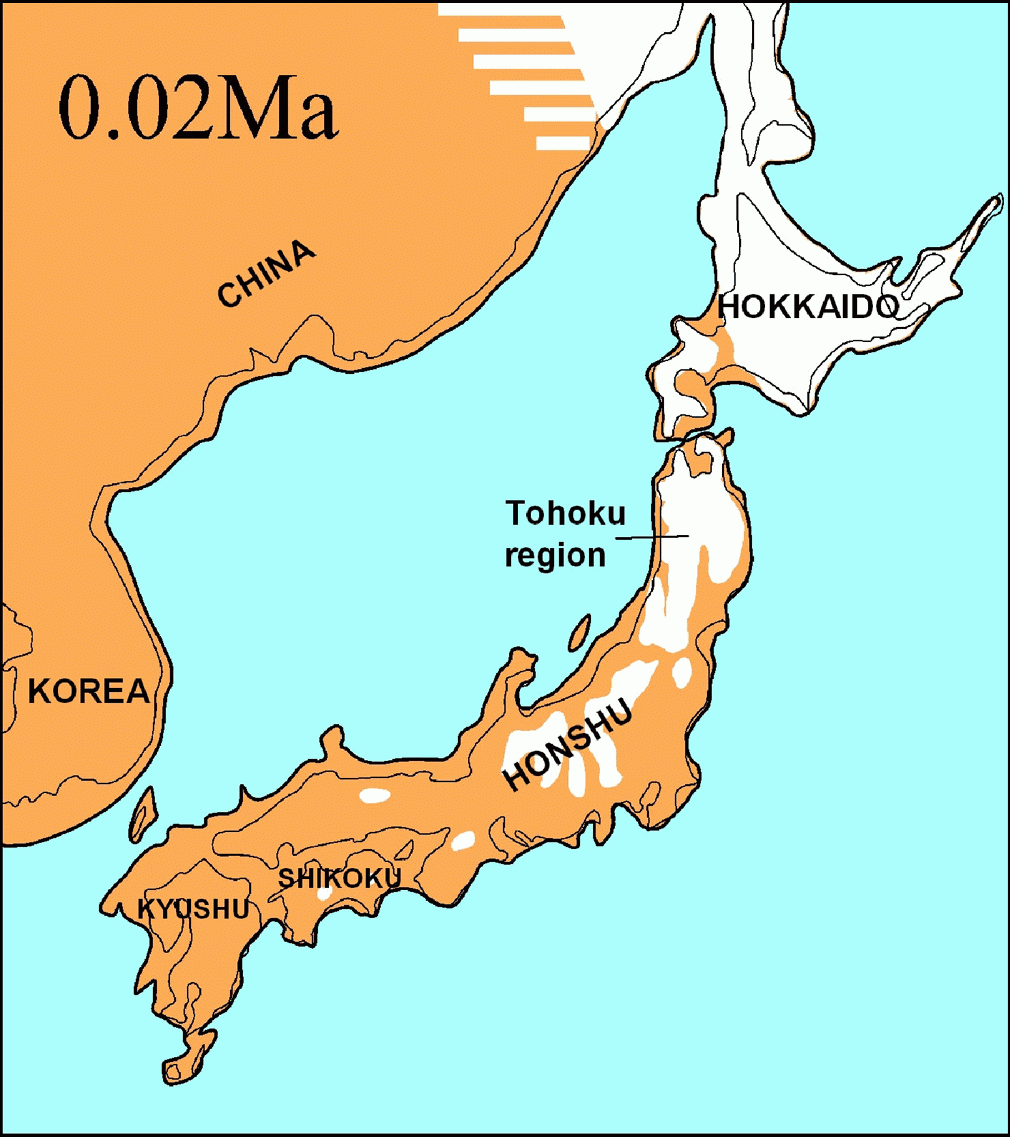
Japanese Paleolithic Wikipedia

Jomon Culture And The Peopling Of The Japanese Archipelago Advancements In The Fields Of Morphometrics And Ancient Dna Semantic Scholar
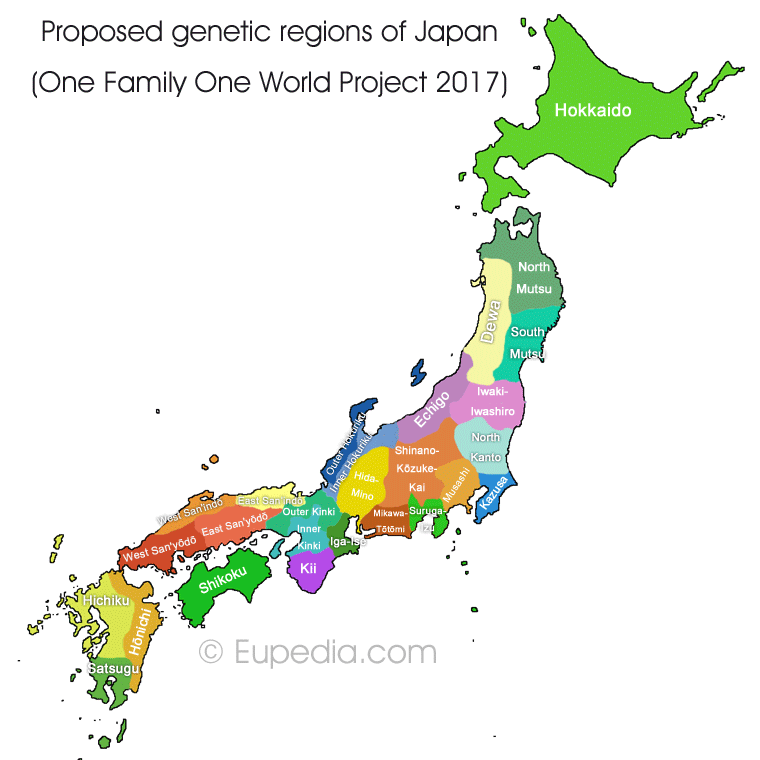
Japan Regional Dna Project Wapedia
Frequencies Of Haplogroup D And O In Different Japanese Population Download Scientific Diagram

This Map Shows The Migration Of The Yayoi People And The Jomon People Download Scientific Diagram

Nat On Twitter Apparently The Japanese Imperial Family Have Y Dna D1b1a2 Which Stems From The Very Oldest Of The Jomon People Originating In Central Asia Despite Japan Being Mostly Peopled By

Jomon Culture And The Peopling Of The Japanese Archipelago Advancements In The Fields Of Morphometrics And Ancient Dna Semantic Scholar

Comprehensive Analysis Of Japanese Archipelago Population History By Detecting Ancestry Marker Polymorphisms Without Using Ancient Dna Data Biorxiv

Comments
Post a Comment